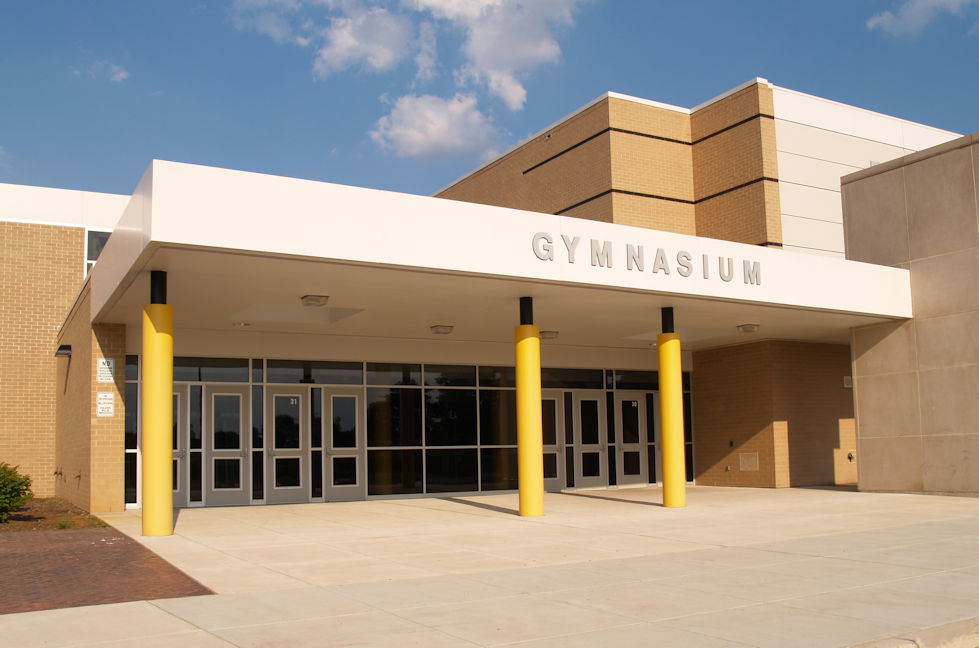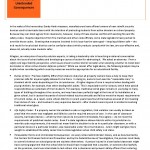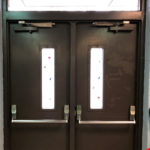
Last week I received an email from one of my coworkers, about inspections that are required by a state agency to assess the security of every school. When setting the criteria for these inspections, security personnel noted that the doors were closing too slowly for optimal security; their suggested closing speed was three seconds.
Luckily, my coworker knew that three seconds was too fast for a door to close, based on the accessibility requirements. The ADA Standards for Accessible Design state:
404.2.8.1 Door Closers and Gate Closers. Door closers and gate closers shall be adjusted so that from an open position of 90 degrees, the time required to move the door to a position of 12 degrees from the latch is 5 seconds minimum.
ICC A117.1 – Accessible and Usable Buildings and Facilities includes the same requirement. A faster closing speed is allowed for doors with spring hinges (1.5 seconds from 70 degrees to closed), but I would not recommend that spring hinges be used in this application. For doors in schools and most other buildings, door closers must be adjusted so that the doors close from 90 degrees to 12 degrees in no less than 5 seconds. This Decoded article includes the BHMA recommendations for measuring opening force and closing speed.
This “conflict” between security and accessibility could prompt conversations regarding which should take precedence, but there is really nothing to discuss. The Americans With Disabilities Act (ADA) is a federal law, and schools must comply. In addition, the International Building Code (IBC) includes requirements for accessibility, and some states also have their own accessibility standards. There are very few exceptions that would release a public accommodation from compliance.
When evaluating security, it’s important to remember that the adopted codes and standards must be followed. In recent years, we have seen products that were intended to augment security, but could cause unintended consequences by limiting egress and/or impacting accessibility or fire protection. With proper planning, doors can meet the requirements for accessibility, egress, fire protection – AND security (convenience too!).
You need to login or register to bookmark/favorite this content.








ADA does not override state and local laws designed to protect public health and safety.
Closing the doors in a timely manner for safety should override any “convenience” ADA requirement.
I disagree. And thinking about this logically…is a 2-second difference in closing speed really going to be the thing that protects a school from being accessed by a school shooter? This has not been the issue in past school shootings. In comparison, a fast-moving door could absolutely affect the safety of the people using that door every single day.
– Lori
If part of the security of an office building, school, courthouse, hospital, or federal building is controlled by the closing rate of doors and you have people worried/concerned about this you have a bigger problem. You have a Security System Designer who should be fired. I have been responsible for/ designed systems for banks, hospitals, high-rise office towers, airports, and highly classified government complexes. NEVER has this been an issue!!!
I agree Frank!
– Lori
In my 47 years and counting as a Locksmith and Security Hardware Consultant, and former DHI. Member, I was always taught and from various LCN ,Norton, Rixon, Dorma, Sargent, literature . The proper closing speed of a non Barrier free door was from 5 to 7 seconds
So why are we arguing semantics!!!!
Hi David –
Different people have different agendas / area of focus, so in this case, closing the door quickly was their priority for security reasons. Luckily there are people to say, “BUT WAIT!”
– Lori